Assuming Google does not do the Google thing and inexplicably kill Android Automotive , there will be a version 2 and 3 of this software, along with a string of monthly security updates. That package would be much, much more than you can say for most car operating systems. Toyota made Apple CarPlay standard across its Prius lineup in 2019.
ToyotaApple CarPlay is an in-vehicle smartphone interface that projects a simplified version of an iPhone's home screen an in-car infotainment screen. Drivers can make use of the software to handle calls, dictate text messages via Siri, receive turn-by-turn directions and play music. The interface is instantly recognizable to iPhone users as the apps, icons and actions are all nearly identical to the phone.
Every iPhone since the iPhone 5 is compatible with Apple CarPlay. IPads, phones that use the old 30-pin connector and iPhones running an iOS version prior to iOS 7.1 aren't compatible. The guidelines include that the third party app developer will have to design the app with Google's developer guide.
They will have to develop the app with the latest version of android.car.app (1.0.0-rc01 as of this writing). To test the app with the desktop head unit and with the new testing library. Lastly, to publish the app on the production track in the Play Console. Google has developed a mobile app called Android Auto; this app basically mimics the features of an Android device such as an entertainment head unit or a smartphone. Once the app gets paired to its head unit, the system mimics the apps on the vehicle's display. This is yet another effort from Google that allows users to use their Android apps more safely whilst being in their cars.
This software platform is found in many vehicles and it lets a user sync the car's display with the phone and use the main features of the Android device while driving. Google's move into the car infotainment space today feels a lot like its move into the smartphone space in 2008. There are a million different car manufacturers all shipping different operating systems with no central app distribution system. Even if two companies are using similar operating systems, app developers still have to support, update, and maintain individual apps for each manufacturer platform. Pandora is a great example of an app really dedicated to car support—it has over 20 car brandslisted on its support page.
That number is a bit fluffed up thanks to companies like GM sharing a platform across four car brands, but it's still a ridiculously high number of apps to support. The Android Auto for phone screens app lets users use Android Auto on their phone screen with a phone running Android 10. "If you have Android 10 and an Android Auto compatible car, you can project to your car display without downloading this app. Simply plug in your phone to get started," reads the description of the app on the Play Store. Android Auto is best known as a way to access your phone through a car's dashboard — this lets you easily access Google Maps, music apps and data without needing to use your phone.
But for years now, Google has also offered an Android Auto experience directly on a phone, for people who don't have a compatible dashboard unit. More recently, Google has also been working on an "Assistant driving mode" that arrived earlier this year after a few delays. Now that Google Assistant driving mode is finished, though, the company will stop offering the old Android Auto experience on phones running Android 12.
Android Automotive OS shouldn't be confused with Android Auto, which is a secondary interface that lies on top of an operating system. Android Auto is an app that runs on the user's phone and wirelessly communicates with the vehicle's infotainment system. Meanwhile, Android Automotive OS is modeled after its open-source mobile operating system that runs on Linux.
But instead of running smartphones and tablets, Google modified it so automakers could use it in their cars. Google has offered an open-source version of this OS to automakers for sometime. Technology is an essential part of our lives, and we are continuously deploying it for safety, entertainment and for simplification. Android Automotive OS is an operating system for car infotainment systems which manages multiple functions within the vehicle, such as media playing, navigation, voice, vehicle settings, A/C, seat positions and more.
With Android R release in 2020, AAOS is expected to have features that are in-line with major competitors such as QNX, GENIVI and AGL. The most common way Android Auto is deployed is via an Android mobile device running the Android Auto app, acting as a master to a vehicle's dashboard head unit that supports this functionality. In Android Auto's first iterations, the device was required to be connected via USB to the car. Once an Android device is paired with the car's head unit, the system can mirror some apps on the vehicle's display.
Supported apps include GPS mapping and navigation, music playback, SMS, telephone, and Web search. The system supports both touchscreen and button-controlled head units. Hands-free operation through voice commands is available and recommended to reduce driver distraction.
Car infotainment software is still a hot mess of fragmented development that is almost entirely up to the car manufacturer to figure out. By and large, each company goes to market with a custom operating system. And if we look at how the smartphone and PC markets have played out, that does not seem like a viable long-term solution.
Dell, Lenovo, and HP don't make PC operating systems, and Samsung, BBK, and Xiaomi don't make smartphone OSes. Other than Apple, all these hardware companies focus on hardware, and the OS is licensed from a software house. On the other hand, Android Automotive OS is totally different. We're running Android Automotive on the "bare metal" of the car. It controls not just maps and media, but the air conditioning, lights, ride settings, seat location, camera views, and most other car settings. You don't need a smartphone, since Android Automotive OS is installed on the car computer storage.
An onboard version of the Play Store even lets you download apps directly to your car. CarPlay supports other apps on your iPhone — like your favorite audio, messaging, and voice apps, along with apps in new categories, like third-party parking, EV charging, and quick food-ordering apps. And app developers now have access to a variety of tools and templates that enable them to provide smarter, safer ways to use iPhone in the car. By the end of the year, more than 10 car models from Volvo, GM, Renault and Polestar will be powered by the Android Automotive operating system — and all of the built-in Google apps and services that come with it.
Now, the company is making it easier for third-party developers to bring their navigation, EV charging, parking and media apps directly to a car's screen. "Google Assistant driving mode is our next evolution of the mobile driving experience. For the people who use Android Auto in supported vehicles, that experience isn't going away. For those who use the on phone experience , they will be transitioned to Google Assistant driving mode. Starting with Android 12, Google Assistant driving mode will be the built-in mobile driving experience. We have no further details to share at this time," Google said in a statement as quoted by the report.
Google first said it would open up its marketplace to a greater variety of Android Auto applications last August. More recently, you've been able to check out some of those by applying to beta test them. Before today's expansion, Google allowed third-party developers to release messaging and media apps for Android Auto, but not much else. As 9to5Google notes, the company had been reluctant to open the platform to other types of programs. A lot of that came down to its desire to ensure a safe experience for users.
Even with today's announcement, the company is putting an emphasis on dev shops following its guidelines when making their software available on Android Auto. The company earlier this year announced a deal with General Motors Co to use Qualcomm chips. A statement from Google shared with 9to5Googleconfirms this plan. Google Assistant driving mode is our next evolution of the mobile driving experience," the statement reads. "For the people who use Android Auto in supported vehicles, that experience isn't going away.
"Let us build your operating system!" Google essentially tells the car manufacturers. Your Android Auto experience will enhance if you have advanced or latest car infotainment systems. If you've got a "talk" button on your steering wheel, you will also get bigger album art.
Larger maps, large touch targets, and something that's more built-in, which to me makes it feel like something you use and don't necessarily play with. You currently have to plug your phone in for it to work and sync the apps. You can tap to see driving directions or text messages with voice commands. Android auto helps you focus on driving and have fun driving. Before Google confirmed this change, some Pixel owners running Android 12 received a notification when trying to run the Android Auto app on their phones.
It said that Android Auto was now "only available for car screens" and recommended that they try the Google Assistant driving experience instead. Given that the new Google Assistant experience will clearly be the focus going forward, switching over probably isn't a big deal for most people. But if you don't upgrade your phone to Android 12, you'll be able to keep running the Android Auto app, at least for the time being.
Until the Android Automotive launch, there really haven't been any platform-building operating system vendors offering solutions for the car infotainment market. The biggest player offering a capable core OS is Blackberry's QNX, but Blackberry is pitching QNX as "middleware" instead of as an app platform. Blackberry's app strategy seems to firmly be "let someone else deal with that," with web apps and CarPlay/Android Auto as its app solution. Microsoft used to offer a car OS, but its big partner, Ford, bailed on the company for QNX and is headed for Google in 2023. Even then, Microsoft wasn't pitching a full app ecosystem. "For those who use the on phone experience , they will be transitioned to Google Assistant driving mode.
We have no further details to share at this time," the company told TheVerge in a statement. However, the version that's pre-installed on many phones only allows you to connect your phone to compatible infotainment units. The phone version is now a separate app called Android Auto for phone screens.
And that's what Google has been trying to talk car makers into doing. Allowing them, a software company, build the software for their vehicles. Which also means that they will get tighter integration into Google services like Google Maps, Google Assistant, and others. Which is much better than say, Ford's built-in navigation and voice commands. Which is why vehicle makers are starting to jump on board with Google pretty quickly. Honda offers both Apple CarPlay and Android Auto compatibility in all trims of its popular Accord sedan.
HondaAndroid Auto works the same way as Apple AirPlay, but for Android phones. You never have to take your hands off the wheel on your car with full support from Android Auto. Android Auto allows you to take control of your car's display by reconstructing the screen and placing all the information you need in front of you. Take great advantages of what it can do for you and get helpful tips on how to connect your car and mobile device using Android Auto.
Android Automotive is skinnable, just like a smartphone. Car manufacturers can make it look like whatever they want, just with the Android code base, APIs, and app ecosystem underneath. It's not necessarily clear which features and limitations are the fault of Google or Polestar.
The other downsides to the emulator is that it's trapped inside a computer screen with limited access to the outside world, and it's designed for a much smaller display than the Polestar. Other than QNX, car manufacturers have been scraping together their own solutions. For the purpose of this review, it's particularly interesting that there are a lot of Android forks out there powering infotainment without Google's involvement. Honda infotainment systems are all based on Android, anywhere from version 4.0.4 to 6.0, while Hyundai and Kia are up to Android 4.2.
GM's new infotainment software is based on Android6.0,and the company messed it up so badly there is a class-action lawsuitover the many issues the system has. Executed well or not, these are all grossly out-of-date versions of Android. Two years ago, Google opened its Android Automotive operating system to third-party developers to bring music and other entertainment apps into vehicle infotainment systems.
Polestar 2, the all-electric vehicle developed by Volvo's standalone electric performance brand, was the first. And more have followed, including the Volvo XC40 Recharge. For most compatible cars or aftermarket stereos, simply plug in your phone using a USB cable.
If your car display supports wireless connection, you must pair your phone with your car's bluetooth for set-up. After set-up, depending on your car, either the phone will automatically connect or the Android Auto app icon will appear on your car display. Listen to your favorite media apps including Spotify, Pandora, iHeartRadio, Google Play Music, Amazon Music, SiriusXM, TIDAL - High Fidelity Music Streaming, Napster Music, and Deezer. Many more music, radio, news, sports news, audiobook, and podcast apps are also supported. This means that cars that currently run on Android Auto will continue to operate as usual.
However, the new built-in driving experience for Android 12 will offer the same features as the Android Auto for Phone Screens and Google will continue to build on top of that. Android Auto is a platform running on the user's phone, projecting the Android Auto user experience to a compatible in-vehicle infotainment system over a USB connection. The main options are all docked at the bottom of the screen.

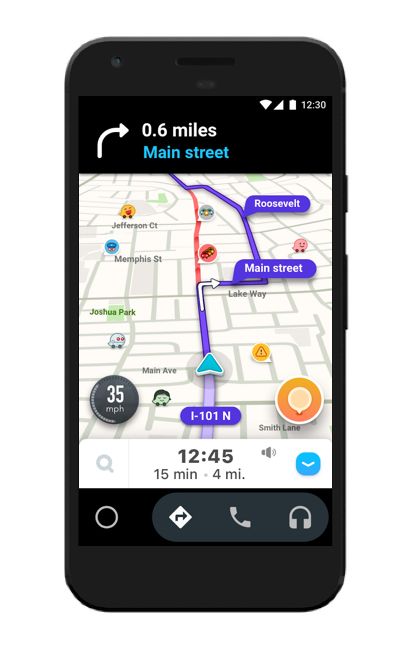



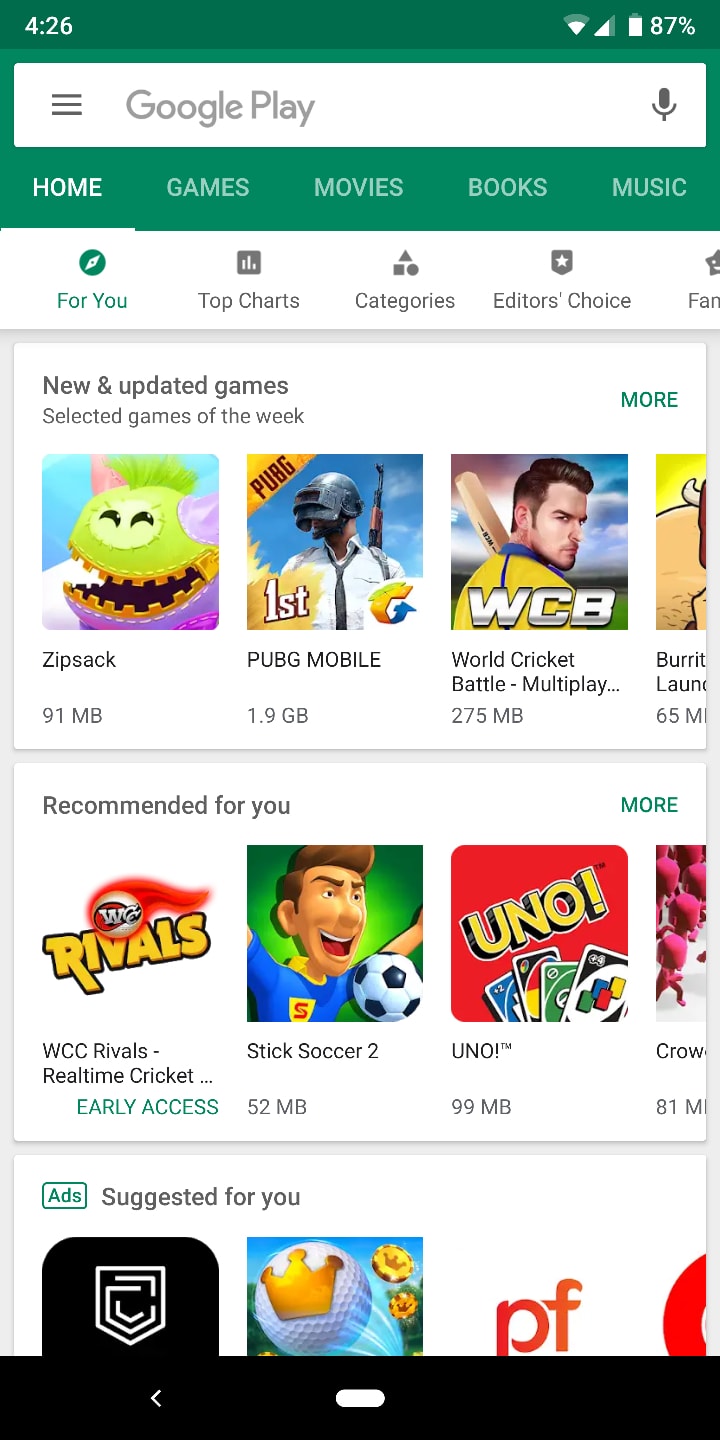

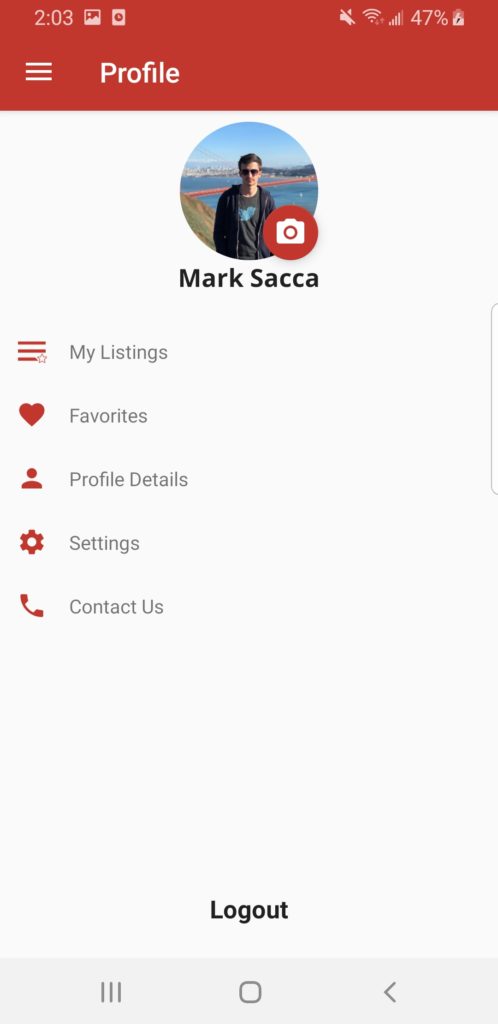







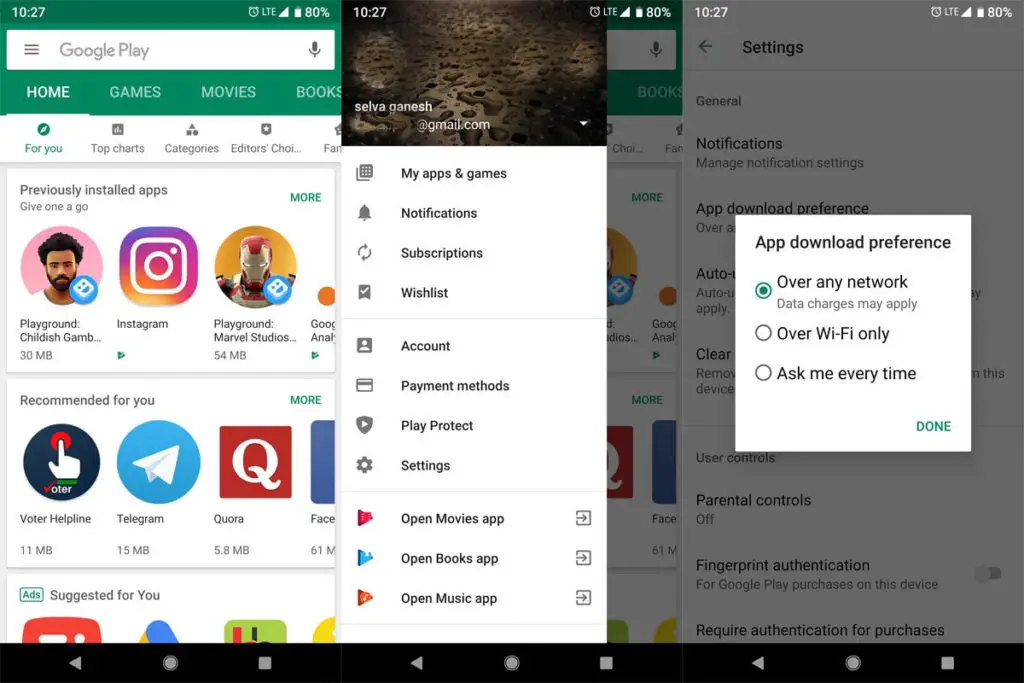

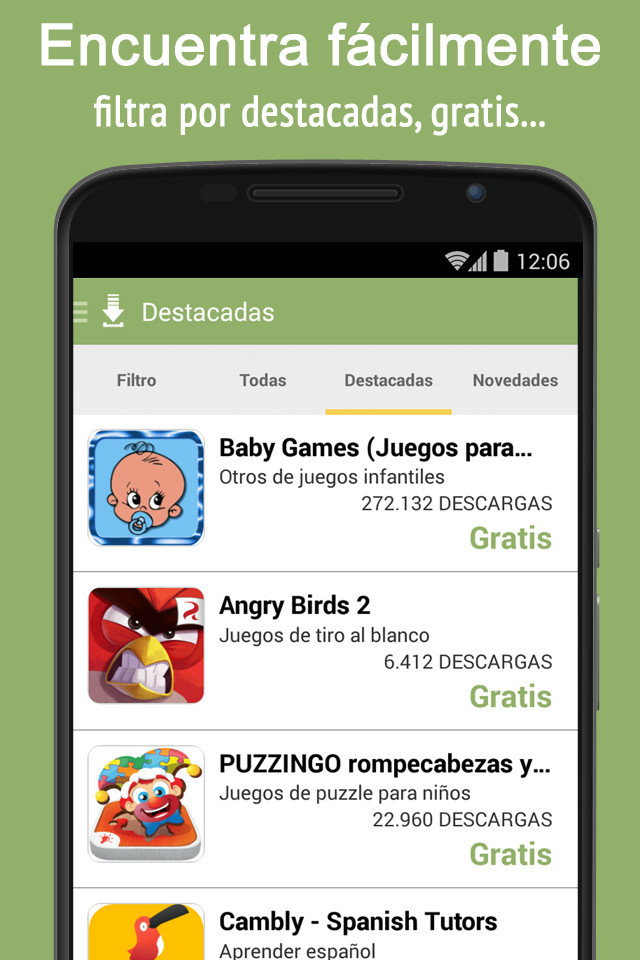
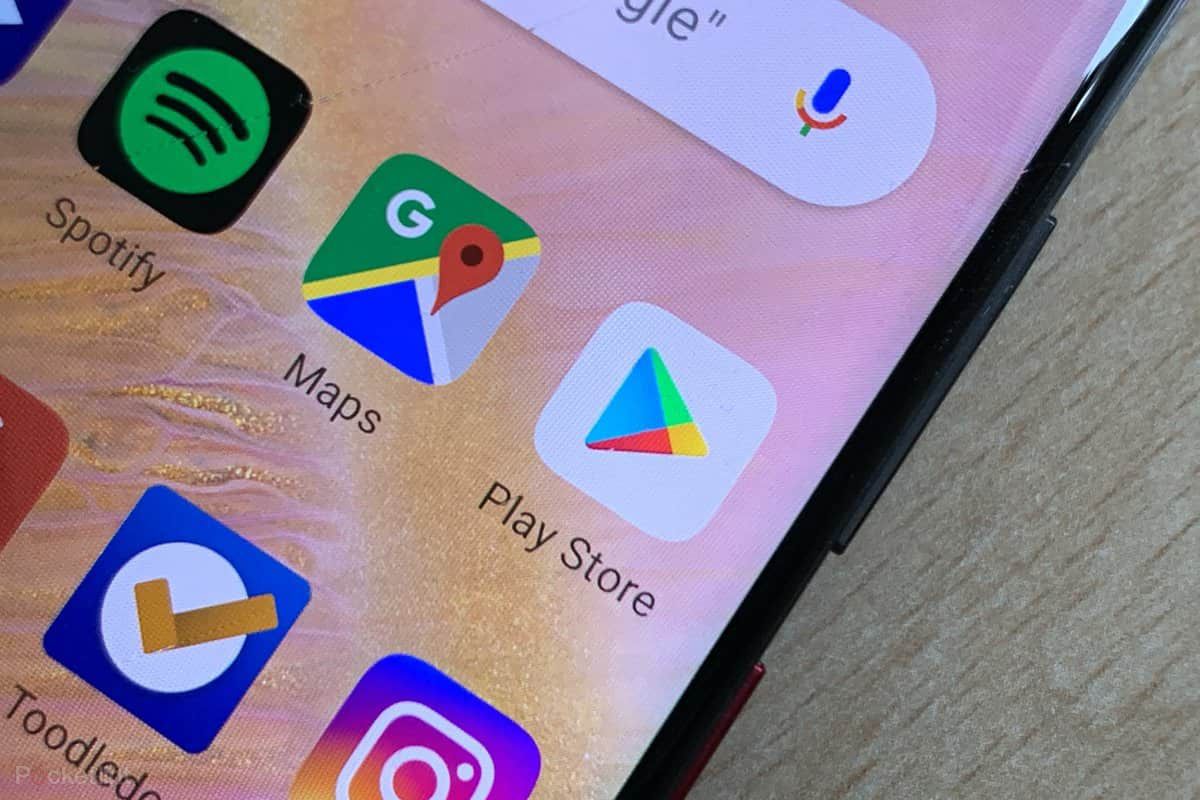





No comments:
Post a Comment
Note: Only a member of this blog may post a comment.